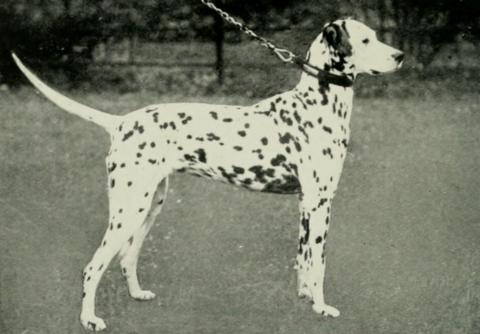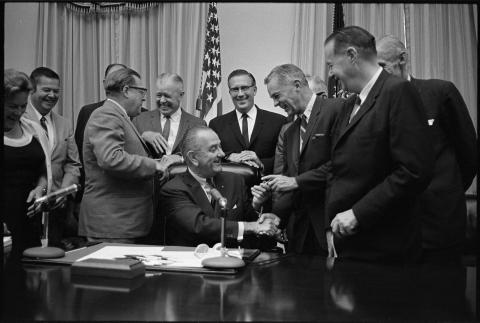Pepper Goes Missing
Sports Illustrated* reports the story of Pepper, the Lakavage family's Dalmatian that was stolen from their farm in Pennsylvania in June 1965 and sold to a research facility in New York City. Pepper's theft and eventual death prompts Rep. Joseph Resnick (D-NY) to introduce a Laboratory Animal Welfare bill in Congress, an early milestone in the history of the Animal Welfare Act.
*Phinizy, C. (1965, November 29). The Lost Pets That Stray to the Labs. Sports Illustrated. https://perma.cc/8NW7-2BMJ. Accessed 3 April 2024.

Dalmatian Ch. Rugby Britannia, Bred by Mrs. Hebe Bedwell from "The complete book of the dog" (1922). Courtesy of University of British Columbia Library, image by Tom Reveley.









